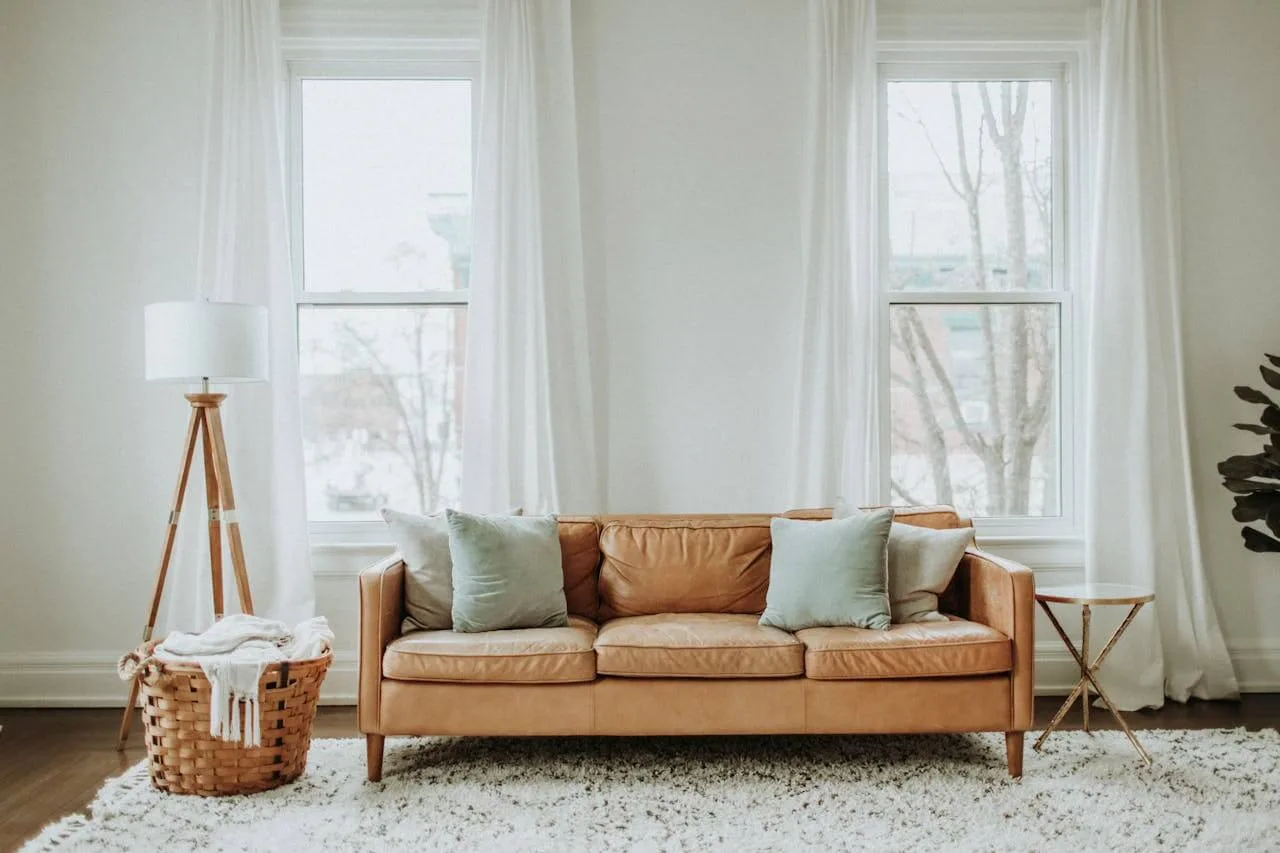Choosing the right color palette for your home interior can feel overwhelming. With so many options available, how do you decide which shades will suit your space best? Whether you’re preparing for a major renovation or simply refreshing a room, the right colors can completely transform the atmosphere of your home.
In this post, we’ll walk you through the process of selecting the ideal color palette for your home’s interior, offering expert tips and strategies for a harmonious, cohesive look that enhances your style and personality.
1. Consider the Mood You Want to Create
Before diving into color choices, think about the mood you want each room to evoke. Do you want your bedroom to feel calm and peaceful, or your living room to feel vibrant and energetic? Cool tones like blues and greens are often associated with relaxation, while warm tones like reds and oranges can bring energy and warmth.
2. Take Inspiration from Your Existing Décor
Your furniture, flooring, and existing décor are a great starting point when selecting a color palette. If your space already has dominant colors, choose complementary shades that will work well with what you already have. For example, if your furniture is neutral, you can experiment with bold wall colors or accent pieces.
3. Create a Balanced Look with a Neutral Base
Neutrals are timeless and versatile, making them the perfect base for any interior. You can incorporate pops of color through accent walls, throw pillows, rugs, or artwork. Consider using neutral tones for large surfaces, like walls and ceilings, and add more vibrant shades to furniture and smaller accessories.
4. Use the 60-30-10 Rule
A well-balanced color palette typically follows the 60-30-10 rule: 60% of the room should be one dominant color (usually a neutral), 30% should be a secondary color, and 10% should be an accent color. This ensures that the room feels cohesive and visually appealing without one color overwhelming the space.
5. Test Before Committing
Before finalizing your color choices, test the paint on a small wall or surface in the room. Paint can look different depending on the lighting and size of the space, so be sure to see how it looks in various conditions before making a commitment.
Conclusion:
Choosing the right color palette for your home’s interior is a personal decision, but with the right strategies, it can be a fun and rewarding process. Whether you choose subtle neutrals or bold hues, remember to consider the mood, existing décor, and balance of your space. Don’t forget to test your options and enjoy the transformation your new color scheme brings!

